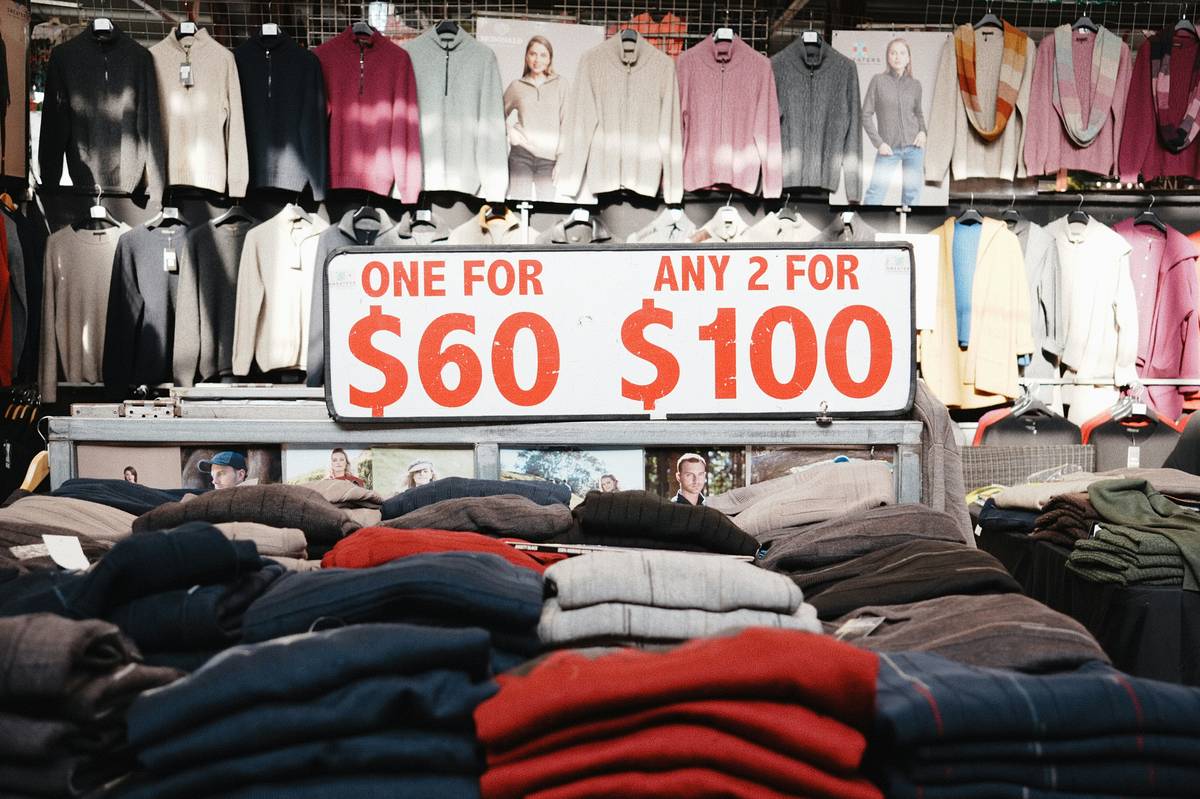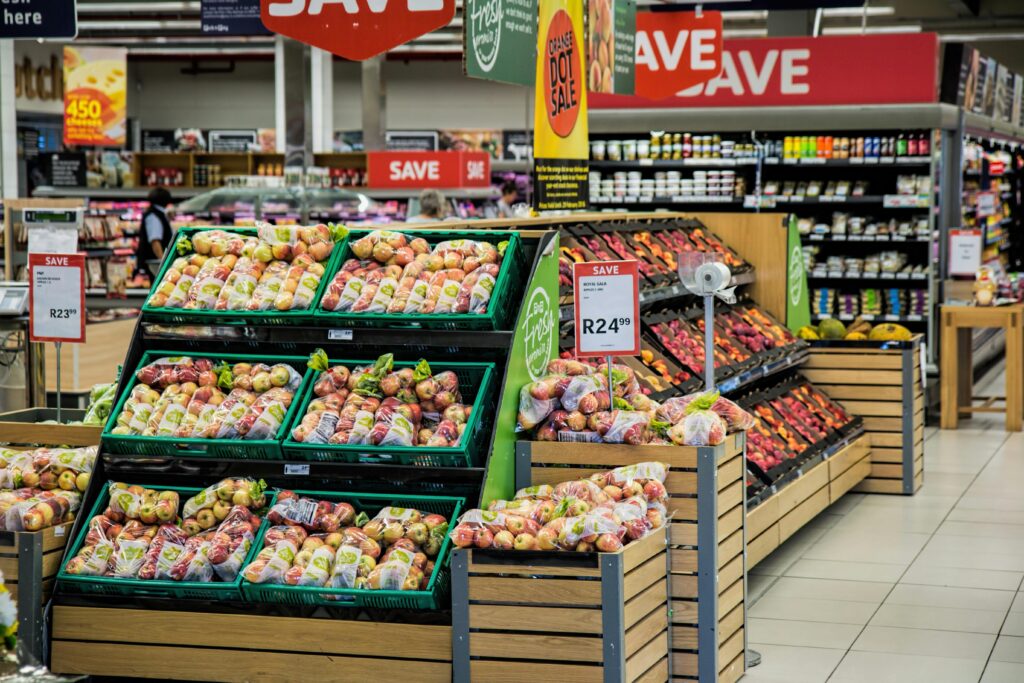Ever walked into a health food store and left feeling like your wallet just got hit by a freight train? Yeah, us too. Finding affordable yet high-quality essentials for your health and wellness routine can sometimes feel like navigating a maze blindfolded.
In this post, we’ll uncover the best strategies to shop smart at friendly markets while keeping your budget intact. From identifying deals to understanding what makes these products great value, you’ll learn how to make every penny count—and still live your healthiest life.
Table of Contents
- Key Takeaways
- The Problem with Overpriced Essentials
- Step-by-Step Guide to Finding Tops Low-Cost Essentials
- Tips for Maximizing Your Budget at Friendly Markets
- Real-World Examples of Budget Shopping Successes
- Frequently Asked Questions
Key Takeaways
- Shopping for tops low-cost essentials doesn’t mean sacrificing quality.
- You can save big using strategies like loyalty programs and bulk buying.
- Friendly markets often offer hidden gems that beat generic grocery stores.
- Avoid falling into marketing traps; always compare prices before purchasing.
The Problem with Overpriced Essentials
Let me confess something embarrassing: I once bought an $8 jar of almond butter because it had cute packaging (*facepalm*). It sat untouched on my shelf until mold decided it didn’t want to be lonely anymore. Sound familiar?
Overpaying for “health” items is all too common, thanks to clever branding and flashy labels screaming things like “organic,” “natural,” or “superfood.” But here’s the bitter truth—not everything labeled “healthy” actually benefits your body or wallet.

Optimist You: *“But they must be worth it!”*
Grumpy Me: *“Ugh, sure—if you’re made of money.”*
Step-by-Step Guide to Finding Tops Low-Cost Essentials
Step 1: Identify What You Actually Need
Before diving headfirst into shopping, ask yourself: Do I really need another protein powder? Or am I just trying to fill a void that tacos could solve instead?
Create a list based on realistic needs—items like whole grains, nuts, seeds, and frozen veggies that align with your health goals but won’t break the bank.
Step 2: Scout Out Friendly Markets
Friendly markets (think co-ops or community-driven stores) are treasure troves of tops low-cost essentials. They prioritize affordability, sustainability, and quality without gouging customers.
Pro tip: Visit several nearby locations to scope out pricing variations. The whirrrr of scanning discounts will soon become music to your ears.
Step 3: Leverage Loyalty Programs
If there’s one thing grumpy old me loves about modern retail, it’s loyalty programs. Many friendly markets reward repeat shoppers with points redeemable for dollars off future purchases.
Sign up, stay consistent, and watch those pennies pile up faster than dust bunnies under your couch.
Tips for Maximizing Your Budget at Friendly Markets
- Buy in Bulk: Items like oats, rice, lentils, and spices are cheaper when purchased in larger quantities. Just ensure you have space to store them!
- Shop Seasonally: Seasonal produce is fresher, tastier, and usually lower-priced than imported alternatives.
- Avoid Impulse Buys: Terrible Tip Alert: Don’t buy shiny supplements unless you know EXACTLY why you need them—most likely, your multivitamin obsession isn’t doing much besides enriching the manufacturer.
- Use Coupons Wisely: Yes, coupons exist even in eco-conscious markets. Sign up for newsletters to snag exclusive deals.
Real-World Examples of Budget Shopping Successes
Meet Sarah, who saved $200/month switching from premium brands to tops low-cost essentials at her local co-op. She buys staples like quinoa, chickpeas, and coconut oil directly from bulk bins, cutting both cost and plastic waste.
Then there’s James, whose weekly meal prep costs dropped after discovering his neighborhood market sold pre-washed greens and organic eggs at unbeatable rates compared to chain supermarkets.

Frequently Asked Questions
What defines “low-cost essentials” in health & wellness?
Low-cost essentials refer to nutritious, functional foods and household goods priced reasonably without compromising quality.
Are friendly markets better than big-box retailers?
While not always true across the board, many friendly markets focus on sustainable sourcing and competitive pricing, making them ideal for conscious consumers.
How do I resist impulse buys at the checkout counter?
Have a game plan before entering. Stick to your list like duct tape holds together bad decisions. And remember, that shiny snack bar probably tastes as bland as regret feels.
Conclusion
Finding tops low-cost essentials doesn’t have to feel like winning the lottery—it’s achievable with strategy, awareness, and a bit of grit. By identifying priorities, exploring friendly markets, and leveraging budget hacks, you’re well on your way to healthier living without draining your finances.
So go forth, shopper, armed with knowledge sharper than bargain bin prices. Happy hunting!
Like a Tamagotchi, your budget needs daily care to thrive.


